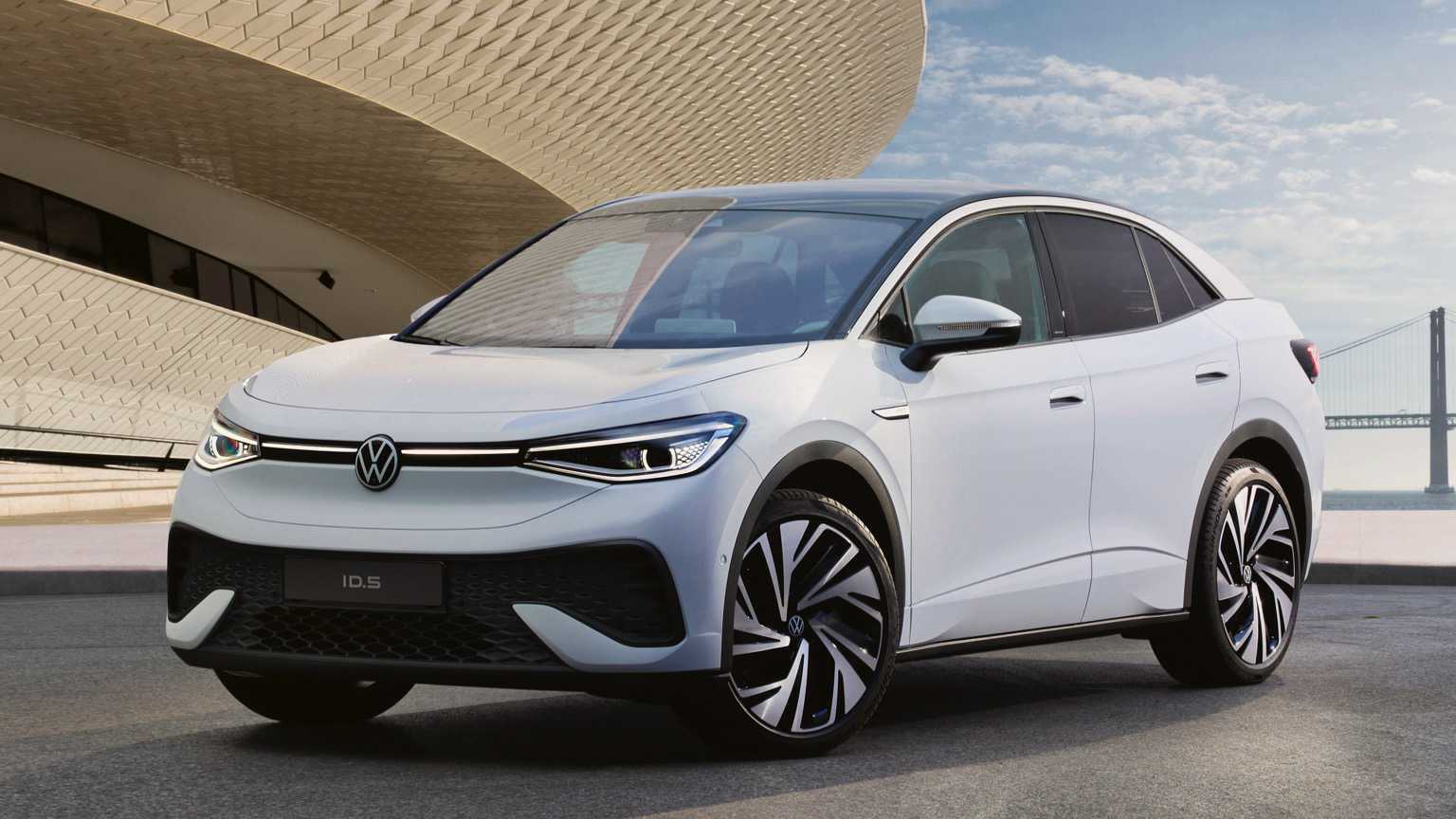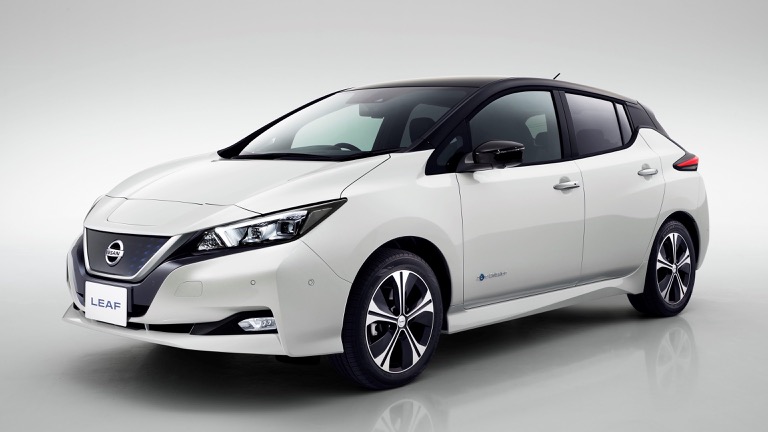
If you’re considering buying an EV, I’m sure there’s a big question going around in your mind: how much range do I need? Will a cheaper model with lower range do its job or should you go the extra mile dollar and opt for a vehicle with, say, 300-400km?
The thing is, there isn’t a single correct answer, as the ideal range for any driver depends on a number of factors.
But, folks, don’t despair. I’m here to walk you through everything you need to know before you can make a well-estimated choice.
5 things you need to keep in mind
Your driving style
If you like driving at high speeds, you should know that this will impact your EV’s range. The faster you drive, the quicker the battery drains, because the electric motor has to do more work.
That’s also the case when you accelerate aggressively. In contrast, a slow build-up to acceleration coupled with a consistent speed rate will help your car drive longer on a single charge.
And here’s another question you need to ask yourself: how often do I use electric-powered features?
When you use the heating or cooling, for instance, you reduce the battery’s power — the same way intensive use of such features makes the needle of the fuel gauge turn closer to “empty.”

The cargo
Do you usually drive alone or do you often transport passengers as well? Is it normal for you to have your car’s trunk filled on a daily basis?
Again, the more passengers and cargo you load into the vehicle, the more the motor works to offset the weight, consuming larger amounts of the battery’s power.
The temperature
EV batteries aren’t fond of extreme temperatures, because they need to work harder to maintain their temperature at a neutral level.
According to a study by the American Automotive Association (AAA), when outside temperatures heat up to 35 degrees celcious and air conditioning is used inside the vehicle, driving range can decrease by 17%.
Similarly, when the temperature drops to -6 degrees, the average driving range of an electric car decreases by 41%.
Your charging plan
Will you use a home charger or will you be limited to juicing up your vehicle at public chargers? What’s the available infrastructure around you like? Are you comfortable making charging stops while on the go?
If you’re prefer not to bother charging often or you only have access to public chargers, you could consider a vehicle with longer range, for example.
But if you don’t mind making some stops, or if you can fully charge your vehicle overnight at home, then a lower-range vehicle could be a suitable option.

How much driving do you do daily?
That’s a pretty straightforward one. If you’re someone who drives 250km on daily basis, you’d need an extra 100km of range as a buffer. But if you use you car for short inner-city trips, even a lower-range vehicle with 200-250km would do the job.
Let’s get practical
Given that the average American drives approximately 62km per day and the average European half as much, we’ll use a reasonable example.
Say that you drive per day up to 160km. If you mainly do inner-city trips, then a 250km range would be enough.
If you’re driving mostly in the suburbs and you don’t expect any extreme temperatures, then the same range would suffice. But if frostbite or heatstroke are common where you live, you are better aiming for a 320km range.
Also keeping extreme temperatures in mind, if highway driving is mostly your thing, you should consider adding a buffer by going for a 400km — although I’d say that 320km would be enough for mild climate conditions.
So, there you have it. Write down your driving needs, check out what charging plan suits you best, combine this information with the climate of your area, and you can choose the range that’s right for you!
Get the TNW newsletter
Get the most important tech news in your inbox each week.